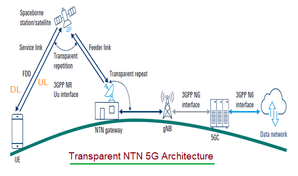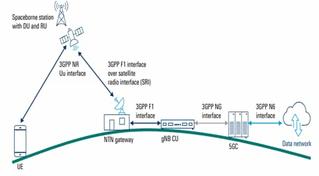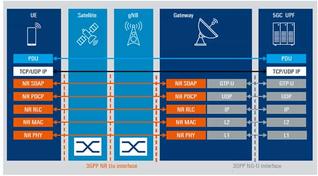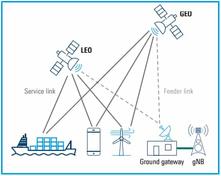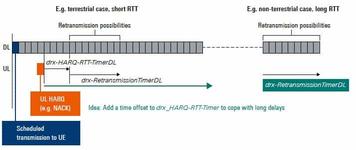Ephemeris Data : Key Satellite applications & Benefits
Advertisement
Ephemeris data refers to a set of parameters that describe the orbit (position and velocity) of a satellite (or celestial body) at or around a given epoch in time. In the context of satellite navigation systems (for example GPS, Galileo, QZSS), each satellite broadcasts or provides ephemeris data so that a receiver can compute the exact state (position/velocity) of that satellite at a given moment. It is also called sometimes simply “ephemeris”.
For a GNSS satellite, the ephemeris typically includes orbital parameters (Keplerian elements + corrections) that let you compute the satellite’s coordinates in an Earth-centred reference frame
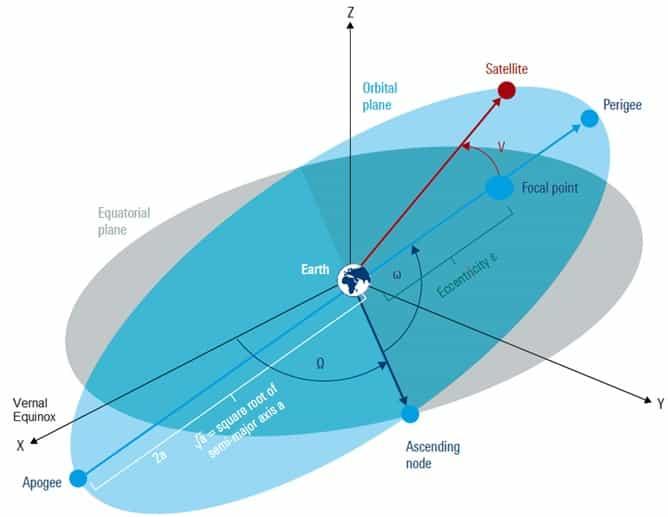 Image Courtesy : Rohde & Schwarz
Image Courtesy : Rohde & Schwarz
Applications of Ephemeris data
Let us understand different applications where ephemeris data is being used.
-
A GNSS receiver uses the ephemeris of each satellite it is tracking to calculate where that satellite is at the time of signal transmission.
-
Using the signal travel time, the receiver determines pseudorange (distance) to that satellite.
-
By combining pseudoranges from multiple satellites (and knowing their positions from the ephemeris), the receiver solves for its own position (and clock offset).
-
In satellite operations: ephemeris data enables ground-stations or other spacecraft to know exactly where a satellite will be (for tracking, collision avoidance, handover, pointing, inter-satellite links etc).
Benefits of Ephemeris data
Following are some of the advantages of ephemeris data.
- Ephemeris gives a precise orbit for each satellite. Hence GNSS receivers can determine satellite positions with high accuracy, which is a key enabler for accurate user positioning.
- Rather than just knowing approximate orbit (as with almanac), ephemeris provides the detailed state for the satellite over the next few hours (typically). Hence, systems can rely on it for near real time operations such as tracking, handoffs, high precision timing etc.
- With ephemeris data being updated frequently, errors due to orbital drift are reduced, improving overall system integrity.
- For non-terrestrial network (NTN) or satellite communications, the ephemeris data may be embedded or pre-provisioned in devices (e.g., terminals) so they can find the satellite constellation quickly and maintain links. E.g., 3GPP specification mentions ephemeris data representation in UE/uSIM.
- In systems with many satellites (e.g., LEO constellations) the ephemeris data allows terminal or ground segment to quickly scan/identify which satellite(s) are available in a given time and direction. knowing the upcoming satellite position allows antenna pointing, beam tracking & handover planning.
Summary: Ephemeris data gives the detailed, short term orbit (position & velocity) of a satellite. It is crucial for satellite navigation, communications and tracking systems because it enables accurate knowledge of where satellites will be.
Advertisement
 RF
RF